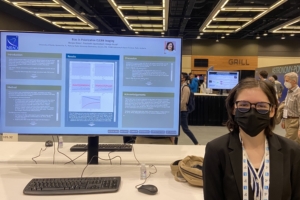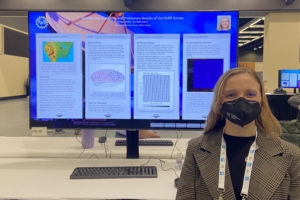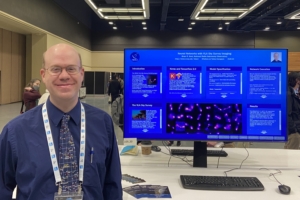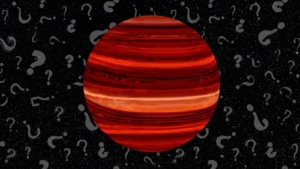Radio telescopes such as the Very Large Array (VLA) use an array of antenna dishes to collect faint radio…
Select :
Alberto BolattoAdam GattusoAndrea IsellaAmy KimballAaron LawsonBettymaya FoottBarbara GruberBill E. SaxtonBrian KentBrian Kent and Joseph MastersBrian KoberleinCharles BlueClaire ChandlerDaniel DaleDave FinleyDolly JosephDavid MehringerDanielle RowlandEddie EdwardsHeather HarbinJulie DavisJoseph LazioJim LovellJill MaluskyJon RamerJason RenwickJason SchreinerJacob WhiteKunal MooleyDr. Kristina NylandDr. Lisa Shannon LockeLuca RicciMoiya McTierMatthew A. MorganNienke van der MarelNan JanneyOlivia Harper WilkinsRebecca CharbonneauRebecca LjungrenSam WatchmanSummer AshStephen CaseSamara NagleTony BeasleyTom Maccarone


Research Student Helps Build Radio Source Catalog
Bailee Wolf, a student at The Ohio State University, has a tool to better process radio data, and it…

Using a Neural Network to Find New Radio Sources
The Very Large Array Sky Survey (VLASS) is creating a map of nearly 80% of the radio sky. As…

The Mouse That Roared: The Strange Tale of a Brown Dwarf
Recently the Atacama Large Millimeter/Submillimeter Array (ALMA) found an unusual object during observations for the Ophiuchus Disk Survey Employing…

ALMA: Visit to an Alien World
Standing at the high site of the Atacama Large Millimeter/submillimeter Array is like standing on another world. Sandy gravel…

From the Moon to the Earth
Radio telescopes received the signal that allowed 600 million people to watch Neil Armstrong’s first steps on the Moon.





